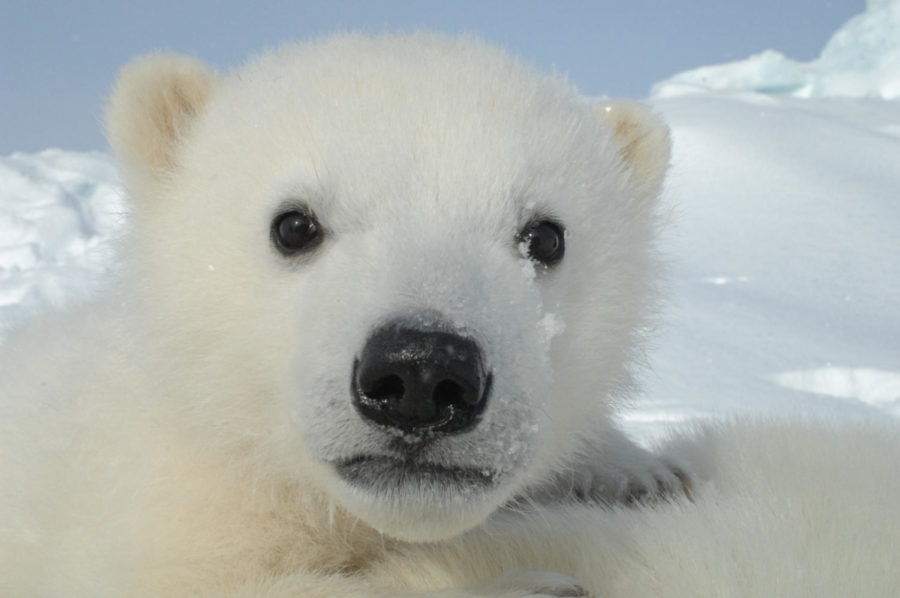McCray: The Arctic National Wildlife Refuge
Columnist and Editorial Board Member McKenzie McCray advocates to save the Arctic National Wildlife Refuge, one of the last locations in the United States to contain pure wildlife.
January 26, 2021
You wrote letters to Santa. Now let’s write letters to save the Arctic National Wildlife Refuge.
With almost 20 million acres and it being home to diverse and magnificent wildlife such as the polar bears, the Arctic National Wildlife Refuge (ANWR) is in danger.
On January 6, the Trump Administration moved to offer oil leases on a 1.5 million-acre area within the ANWR. This was the Trump Administration’s latest attempt to roll back environmental protections and open up public lands to commercial use.
Drilling in the ANWR has been a hot topic in the political sphere for many years. The area is the largest national wildlife refuge in the United States and is home to a variety of plant and animal species, including migrating caribou, various bird species and likely the last remaining Southern Beaufort Sea polar bears. However, it is also very rich in oil, which, for an oil-dependent country like the U.S., has caused many to be circling the idea of opening it up for oil drilling like hungry vultures for years.
Besides being home to many different plants and animals, the refuge is also the ancestral home of the indigenous Gwich’in people, who have expressed their opposition to the project.
“Any company thinking about participating in this corrupt process should know that they will have to answer to the Gwich’in people and the millions of Americans who stand with us. We have been protecting this place forever,” said Bernadette Demientieff, executive director of the Gwich’in Steering Committee.
Besides endangering the species that call the refuge home and encroaching on Gwich’in land, selling this precious land isn’t a solution to our need for oil. As everyone knows, oil is a nonrenewable resource, and allowing the sale is only going to further deplete this resource. We need to advance our research in the search for a greener alternative.
One of the biggest questions in this situation is if the oil industry even has an interest in what would be a very costly and controversial effort to drill for oil in the last wilderness area of the United States.
When weighing the economics of selling the leases, there is no strong economic reason for selling the land. It would cost an estimated average of $100 a barrel to extract oil from that part of Alaska, when the current price of crude is under $50. And it is unlikely to reverse the long-term decline in Alaska’s oil production, which has been hampered by competition with cheaper production in Texas and North Dakota. The inability of the ANWR to make a difference in America’s energy supply leaves the question of why Trump was even bothering.
Let’s make a difference in 2021.
Even though you are miles and miles away from Alaska, you can make a difference. Tell Biden to support this plan. Write a letter to Interior Secretary Bernhardt. Go to www.protectthearctic.org/take-action/; you have the option of either filling out a form where a letter to Fish and Wildlife Service will be sent on your behalf with your thoughts and comments, or you can use the provided information to send a letter yourself. And don’t forget to spread the word on social media.
Don’t let an angry politician ruin one of the most beautiful places in our country.
America used to be a country of vast wilderness for as far as the eye can see. Now, The Arctic National Wildlife Refuge is the last bit of America’s wilderness, and it needs to be protected.
McKenzie McCray is a senior in animal science.







